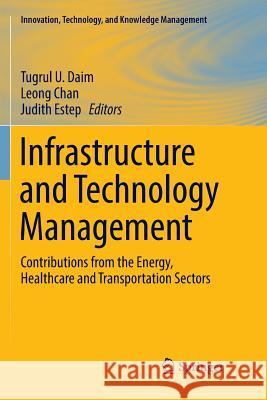Infrastructure and Technology Management: Contributions from the Energy, Healthcare and Transportation Sectors » książka
topmenu
Infrastructure and Technology Management: Contributions from the Energy, Healthcare and Transportation Sectors
ISBN-13: 9783319886978 / Angielski / Miękka / 2019 / 498 str.
Infrastructure and Technology Management: Contributions from the Energy, Healthcare and Transportation Sectors
ISBN-13: 9783319886978 / Angielski / Miękka / 2019 / 498 str.
cena 806,99
(netto: 768,56 VAT: 5%)
Najniższa cena z 30 dni: 771,08
(netto: 768,56 VAT: 5%)
Najniższa cena z 30 dni: 771,08
Termin realizacji zamówienia:
ok. 22 dni roboczych
Bez gwarancji dostawy przed świętami
ok. 22 dni roboczych
Bez gwarancji dostawy przed świętami
Darmowa dostawa!
Kategorie:
Kategorie BISAC:
Wydawca:
Springer
Seria wydawnicza:
Język:
Angielski
ISBN-13:
9783319886978
Rok wydania:
2019
Wydanie:
Softcover Repri
Ilość stron:
498
Waga:
0.69 kg
Wymiary:
23.39 x 15.6 x 2.57
Oprawa:
Miękka
Wolumenów:
01
Dodatkowe informacje:
Wydanie ilustrowane











